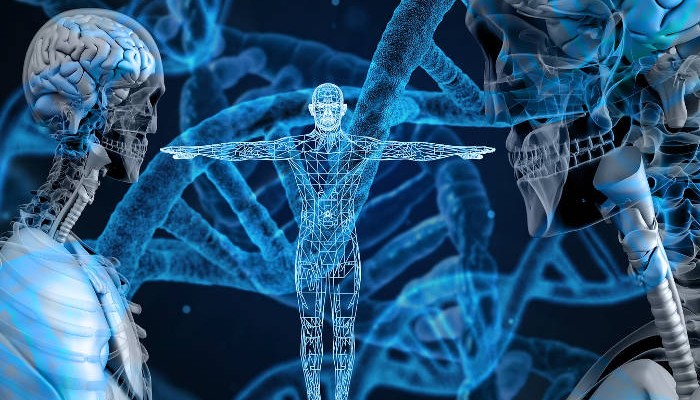Imagine a world where recovering from damaged cartilage is no big deal for the sick and the elderly. EU-funded researchers synthesised novel hybrid biomaterials to regenerate tissue loss and function.
An overall higher longevity worldwide highlights the need for better treatment options in case of cartilage injuries. However, no biomaterial currently exists that can stimulate healing of cartilagge and dissolve once healing is complete. Currently used bio-inert implants have limited lifespan and cell therapy strategies struggle to produce high quality tissue.
Under the aegis of the ‘Hybrid approaches to bone regeneration’ (HABER) project, researchers synthesised new organic-inorganic biomaterials made from biodegradable alginate polymer and bioactive silica. These biomaterials’ properties were tested for applicability in cartilage healing.
Different silica coupling agents such as 3-glycidoxypropyltrimethoxysilane (GPTMS) and (3-Aminopropyl) triethoxysilane (APTES) were used with sodium alginate to control degradation and mechanical properties of the new hybrids.
Researchers successfully developed porous alginate-APTES scaffolds with pore size of 100-150 micrometres using 3D printing techniques. These scaffolds have similar properties to soft tissues like cartilage, and incorporation of APTES-modified glass nanoparticles improved their cell response and mechanical properties.
Project findings have opened up a novel therapeutic approach with their hybrid biomaterial concept. This approach shows promise in delivering tailored biomaterials that degrade through natural remodelling mechanisms after implantation. Such hybrid biomaterials could improve the quality of life of patients suffering from trauma or osteoarthritis.
CORDIS, cordis.europa.eu
© Unia Europejska, 1994–2019
